

Cycling is one of our favorite pastimes (of course!), but riding can’t be all about fun and games. You have to mix in some safety, especially when you are riding through varied terrains, lots of people, or heavy traffic.
The Geeky Cyclist, home to all things cycling, recently put out 35 tips to keep you safe while you’re out on your bike, whether it’s a leisurely trip or a long training ride. Check them out!
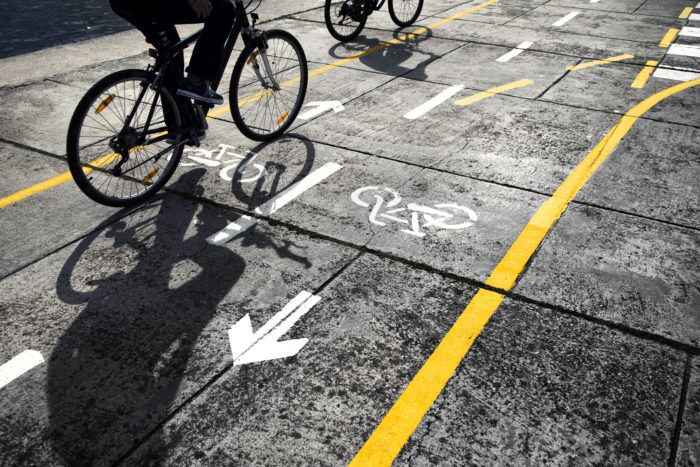
Did you know:
In a 2015 road safety report published by the National Highway Transport Safety Administration, it’s estimated that 45,000 cyclists were injured in U.S. roads that year.
Further to that, there were 818 cycling fatalities, which amounts to 2.3% of all road fatalities that year.
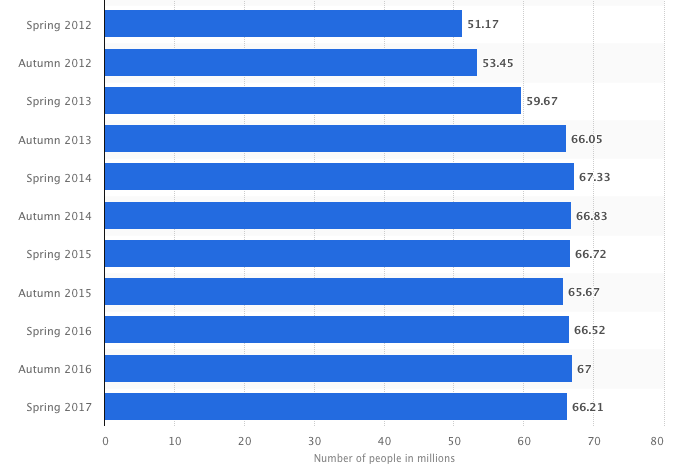
Source: Statistica
Cycling has gained tremendous popularity in the U.S. in the past 5 years. The number of cyclists has increased 22% from 51 million to 66 million from 2012 to 2017 itself! And it’s equally important to stress about bicycle safety as not all cyclists are experienced.
There are many unwritten do’s and don’t that many of us learned the hard way or through hundreds of hours of cycling.
So, let’s dive right in…
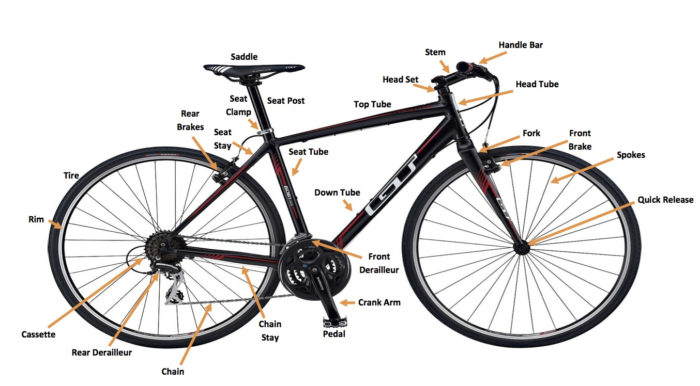
Anatomy of A Bicycle
You should be riding a bicycle that is of the right size for your height.
Riding a bicycle which is either too big or too small will hamper your bike handling and control.
As a general rule of thumb, you should be able to stand flat footed over your bike’s top tube and there should still be around 3 to 5cm of space left.
Check all the nuts and bolts of your handlebar, stem, seatpost, pedals and wheels’ quick release before heading out.
Tighten anything that comes loose and ensure there is no rattling.
Press your front brake and push the bike back and forth to check if the headset is loose.
We’re not professional cyclists who have a dedicated full-time mechanic for them.
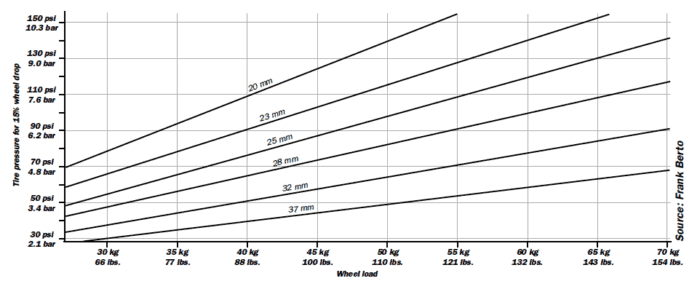
Your tires should be correctly inflated to within the recommended air pressure range which is usually printed on the tires’ sidewalls.
Also, remember to check if your tires are worn, or if there are any deep cuts or debris sticking on it.
Clean or change them if needed.
Check if any of your wheel’s spokes are loose or bent.
Spin the wheels and observe if they’re spinning true and not wobbling around.
Check if your brake pads are rubbing against your wheels or the disc rotor. Adjust them if needed.
Spin the wheels, then press the brakes to check that the cables are working as expected. Repeat 2-3 times.
The front lights serve 2 purposes; for you to see when it’s dark and for you to be seen during the day.
Take into consideration the brightness, weight, mounting type and battery run times before buying the front lights.
I recommend setting your headlights to flash/strobe mode during the day as it attracts more attention from other drivers.
Rear lights are important both during the day and night to help you be seen.
Set them on flashing mode to attract the attention of drivers behind you.
Always, make sure your batteries are fully charged. You don’t want to run out of batteries mid-ride especially in the dark.
In some countries, bike bells are required by law.
If it’s not, I would also recommend having a bell as bicycles are usually very quiet vehicles.
The last thing you want to be doing every time you pass someone is to scream. So a bike bell will be handy.
If you’re looking for a sleek and low profile bell, have a look at the Knog Oi.
Wear bright clothing both during the day and night to increase your visibility.
Alternatively, you can wear a high-vis vest over your dark clothing. A cyclist without lights or bright clothing are almost invisible to a driver until the very last moment.
To further increase your visibility, you can use reflective Velcro straps on your ankles. The up/down movement tends to attract more attention, according to this research.

The Correct Way to Wear A Bicycle Helmet
A recent bicycle helmet safety statistics showed that the usage of helmet is estimated to reduce probability of serious head injuries by 50%.
You shouldn’t just wear any helmet but helmet that fits the circumference of your head. Tighten and straps and the helmet should feel snug. Make sure you wear the helmet correctly.
Also, ensure that they meet the international bicycle helmet safety standards like Snell, CSA, ASTM, BSI and SAA. You’ll usually find a sticker inside the helmet.
DO NOT use the same helmet after it’s damaged in a crash. Helmets are designed to crack upon impact to protect your head.
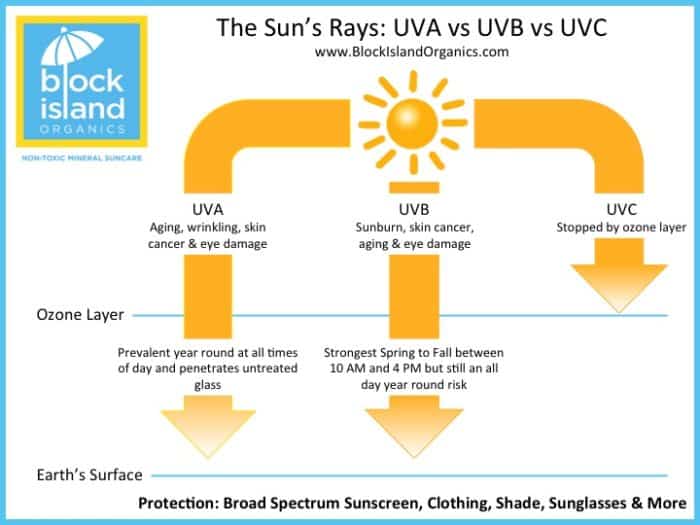
Image by: Block Island Organics
Use sunscreen if you’re riding under the sun especially during the summer.
A recommended amount is roughly a tablespoon for each limb. Be generous and don’t be stingy.
Aerosol sunscreen is not recommended as most people tend to apply them wrongly or insufficiently. And they also cost more. Use those that offers UV-A and UV-B protection.
Do your research before you head out to ride, especially on unfamiliar roads.
You can use free tools like Google Maps, MapMyRide or RideWithGPS to plan out your ideal route.
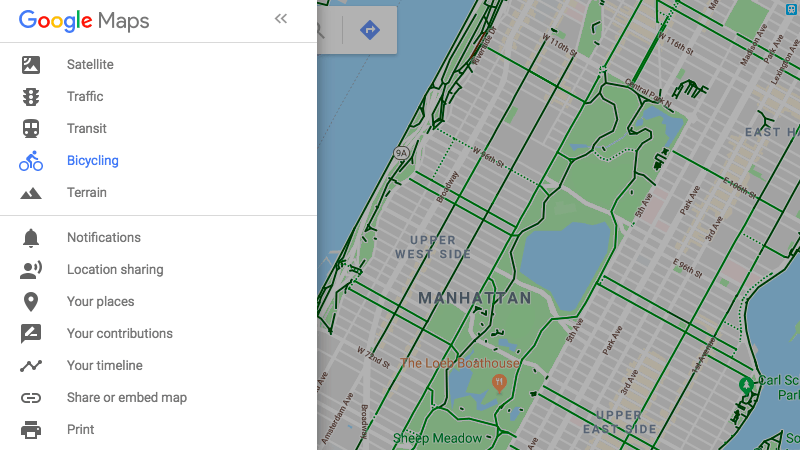
Turn On Bike Path Option on the Left Sidebar
When you’re using these tools, toggle the Bike Paths button at the top right corner and you’ll be presented with all roads that have bike paths.
Alternatively, you can also toggle Google Streetview to see how the road actually looks like.
Try to avoid these as much as possible.
You don’t want to be caught in the middle of traffic with cars zooming past you from every direction. Alternatively, make use of the pedestrian crossings or make a hook turn.
This might take up more time but it’s definitely much safer.
Try to avoid narrow roads (single lane), especially those busy ones without a road shoulder.
These roads are often a danger zone for cyclists as the vehicles have little space to ‘squeeze’ themselves between the cyclists and oncoming cars.
The period between 7 to 10am and 4 to 7pm are the time most people are rushing to and from work.
Hence patience and tolerance levels are low.
Try to find quieter roads that are parallel to these or bike paths instead. You don’t want to be mixing it up with impatient drivers!
In some countries like the U.S, anyone above 13 is not allowed to ride their bikes on the sidewalks.
Riding on sidewalks poses a danger to not only the pedestrians but also yourself especially if vehicles are turning in or out from the sidewalks.
Always stay alert and be aware of everything happening around you.
Keep an ear for oncoming vehicles from the back, especially trucks.
Never use headphones or listen to music while you’re riding.
You can’t hear any vehicles coming up behind you until the very last moment.
Don’t fiddle with your mobile phones while you’re riding as you might lose your balance should you hit anything on the road.
If you need to navigate, stop at a safe place at the roadside and do it.
In Australia, it’s against the traffic law to use a mobile phone while cycling.
Ride in a straight line and don’t move unexpectedly. This is even more important especially if you’re riding in a group with many cyclists behind you.
Don’t swerve in and out for no apparent reasons and abruptly.
Look and scan further ahead to avoid having to make last minute movements.
Always have both your hands on the handlebar. If you’re taking a drink, scan the road ahead, take your bottle and have a quick sip.
You don’t want to run into a pothole with 1 hand on the handlebar while the other holding your water bottle.
Slow down if you need to especially during twisty descends or over rough roads.
Riding above speeds that you’re accustomed to puts not only yourself in danger but also other people around you. You risk losing control of your bicycle and the vehicle behind might run into you.
Cycling drunk is as dangerous as driving drunk.
A 2015 US Department of Transport statistic showed that 27% of cyclists killed had been drinking.
Staying safe on the road while cycling requires a high level of alertness and being drunk puts not only yourself but other motorists in danger.
When you ride on roads, you’re considered a vehicle. So behave like one.
In most countries, all traffic rules that apply to vehicles also apply to bicycles.
Obey all traffic rules especially red lights.
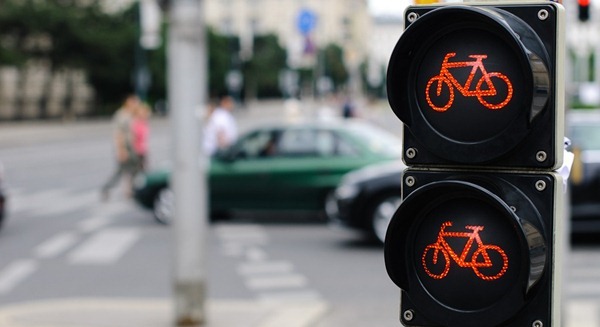
We all have been taught that red means stop.
But over the year, I’ve seen many cyclists jumping red lights and nasty things happen.
Red. Means. Stop.
Don’t ride near the curbs. Give yourself 2-3 feet of space to bail out in case a vehicle comes too close.
Ride with the traffic flow. Simple as that. This research showed that riding against the traffic is 3 times more dangerous and 7 times for children.
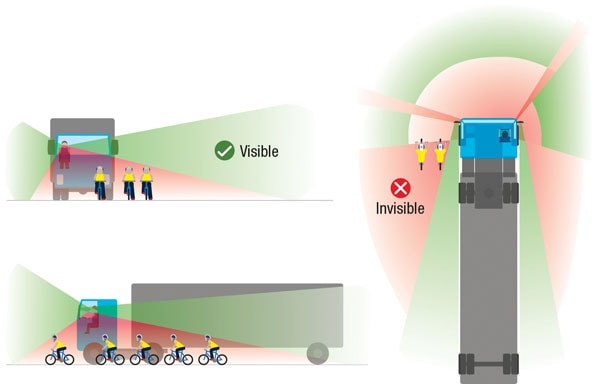
Image by: RideOn Magazine
Never position yourself at the vehicle’s blind spot, especially buses and trucks who have a much larger blind spot compared to cars.
If you can’ see their side mirrors, chances are they can’t see you either.
The driver can’t see you especially when they’re turning and you risk running into them.
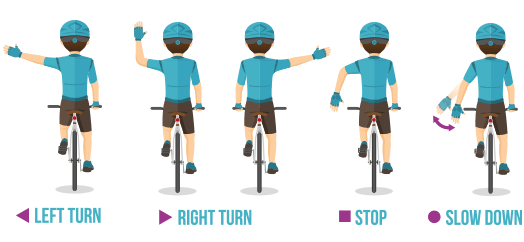
Always use your hands to indicate where you plan to go; whether it’s changing lanes, merging lanes or to turn.
Never assume that the driver knows what you’re planning to do.
Do it early and do it often.
Based on the 2015 National Highway Traffic Safety Administration report, 28% of cyclist fatalities occurred at intersections.
Always slow down when you’re approaching the intersections and stop if needed.
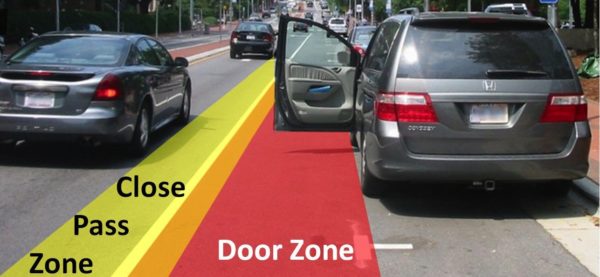
Be Aware of A Vehicle’s Door Zone
This is where dooring often happens. If you’re riding beside parked cars, slow down and look through their rear windows to see if anyone is in the car or planning to open the door.
Try to ride 2-3 feet away from the parked cars if the road width allows to give yourself some extra space.
Roundabouts are another tricky situations for cyclists. Always slow down and prepare to stop when approaching roundabouts. Don’t assume that you can beat the vehicles already inside the roundabout.
Always look to your right (if you’re from right-hand drive country) and left (if you’re from a left-hand drive country) before entering.
You don’t want to out of cash especially if you’re hungry or have to do a quick detour to the bike shop for a quick fix to get home.
It’s a good practice to have your emergency contact details on your phone’s lock screen.
If you’re knocked down unconscious at the side of the road, at least someone will know how to contact without having to unlock your phone.
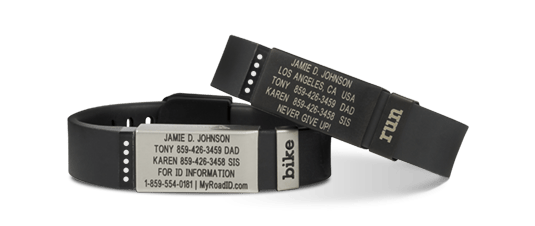
Alternatively, wear your RoadID on your wrists.
You can customize important details like your emergency contact person, age, blood type, allergies and medications which are important to the paramedics and doctors treating you.
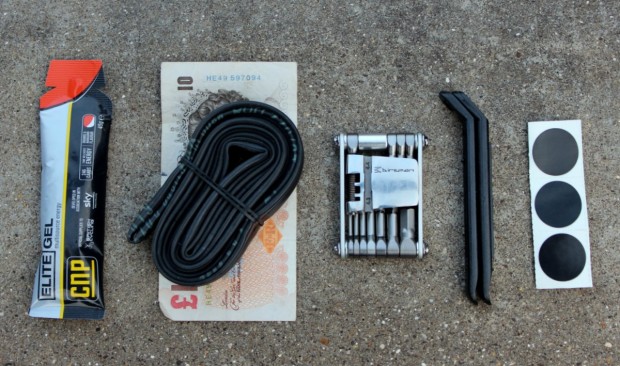
At the minimum, you should have a spare tube and 2 tyre levers in your saddle bag. To have a peace of mind, carry a multitool, 2 spare tubes, and a patch kit if you ride often on rough roads.
Read more here if you want to know what I carry in my saddle bag.
Don’t forget your pump too.
Check out my list of the best saddle bags.
Albert
5 years ago
BikeTours.com Staff
5 years ago